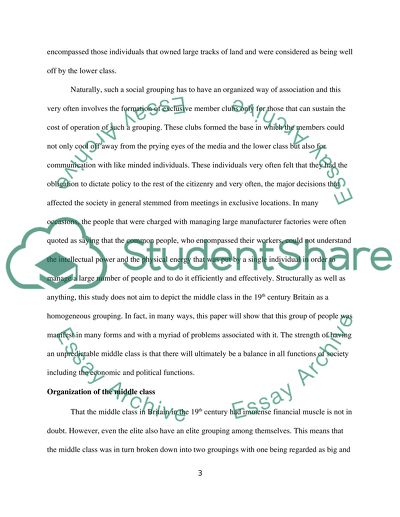Cite this document
(“The Middle Class in Urban Britain 1780-1900 Essay”, n.d.)
Retrieved from https://studentshare.org/history/1393312-the-middle-class-in-urban-britain
Retrieved from https://studentshare.org/history/1393312-the-middle-class-in-urban-britain
(The Middle Class in Urban Britain 1780-1900 Essay)
https://studentshare.org/history/1393312-the-middle-class-in-urban-britain.
https://studentshare.org/history/1393312-the-middle-class-in-urban-britain.
“The Middle Class in Urban Britain 1780-1900 Essay”, n.d. https://studentshare.org/history/1393312-the-middle-class-in-urban-britain.


